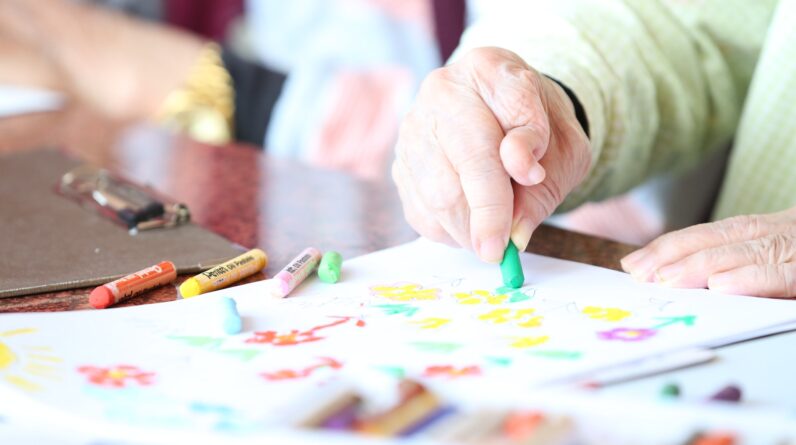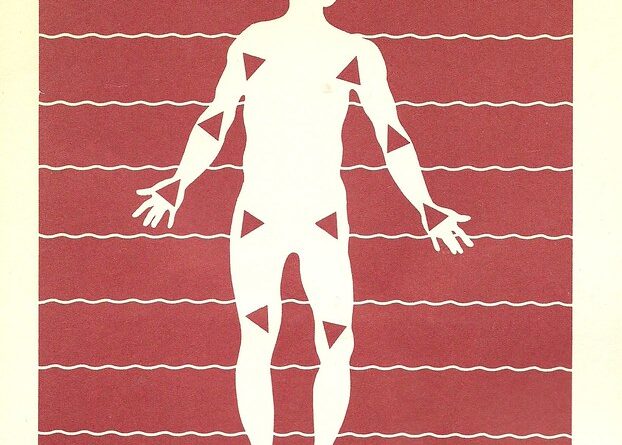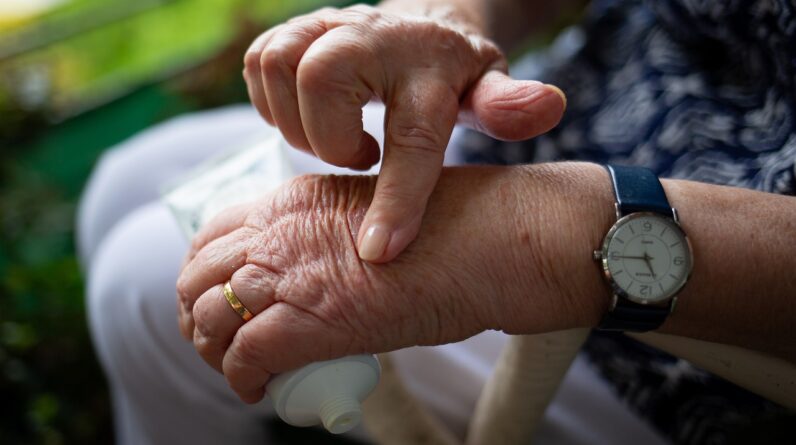
Understanding Arthritis Pain
People with arthritis have unique types of pain that are exclusive to the disease process. The pain associated with arthritis can be bilateral and can involve joints on both sides of the body. They can have unilateral pain with a joint on just one side of the body.
Osteoarthritis and rheumatoid arthritis are examples of bilateral arthritis types, while gouty arthritis usually affects one joint on one side of the body.
Pain from arthritis can be of several different types. Some types of pain associated with arthritis include the following:
• Bony pain.
In any type of arthritis that involves degeneration of the joint, the cartilage can wear away, resulting in bone grating against bone. This can be extremely painful and can involve the phenomenon known as “crepitus,” which is when the bone can be felt crunching inside the joint. When crepitus is found, it usually means that the bone is worn away and is rubbing against the bone on the opposite side of the joint. Pieces of bony nodules or pieces of cartilage can rub against other areas of bone, resulting in crepitus and a crunching type of pain. The pain is better when the joint is immobilized with a splint or brace and is made worse when the joint is undergoing movement. Bony pain can involve the small joints of the fingers or toes but it is more commonly seen in larger joints, such as the knee joint or the hip joint. This type of pain can interfere with ambulation and with the ability to achieve tasks as part of activities of daily living.
• Cartilaginous pain.
This pain is especially found in rheumatoid arthritis and osteoarthritis. The wear and tear seen in osteoarthritis can begin to wear away the cartilage, which loses its ability to smoothly rub against the cartilage on the opposite side of the pain. Cartilage is made from collagen and other types of connective tissue fibers and isn’t as strong as bone. This means that it can more easily wear away than bone does, resulting in thinning of the cartilage and fragments of cartilage breaking away, and floating inside the joint capsule. Sometimes surgery can be done to trim away areas of broken or fragmented bone. When this is done, the inflammation and pain from the cartilage can be temporarily alleviated. If all the cartilage has worn away and nothing further can be done, the orthopedic surgeon then resorts to replacing the joint altogether.
• Tendinous pain.
Tendons are long or short cords of connective tissue that connect muscles to joints in order to allow the joint to move along its entire range of motion. In arthritis, there can be inflammation of the tendons attached to the joint. The pain can be palpable and will be worse when pushing on the tendon. The pain can also radiate along the tendon where it can be felt in the muscles that are attached to the joint by the tendon. Tendinous pain is better when the joint is immobilized. Immobilization of the joint can take the inflammation away from the tendon so that, after the joint is freed up again, there will be less pain in the tendons. When an arthritic person takes nonsteroidal anti-inflammatory medications or NSAIDs like aspirin, ibuprofen, or naproxen sodium, the inflammatory pain can be reduced in the tendons.
• Joint stiffness.
Arthritics can have joint stiffness, which usually is worse in the morning. The joint stiffness can involve all of the joints that are arthritic or just a few of the affected joints. Joint stiffness comes whenever an arthritic person keeps the joint still for a period of time. This means there can be painful joint stiffness from sitting on a long car ride or from lying in bed overnight. This type of arthritic pain is usually made better when the individual with arthritis stretches the joints after getting out of bed or while still in bed. Joint stiffness can also be alleviated by soaking the joints in warm water, taking a hot shower, or using a heating pad to increase the circulation to the affected joints. When the circulation is better, the joint moves more freely and the pain is much less. Joint stiffness can affect arthritics who have any type of arthritis but is more common in osteoarthritis and rheumatoid arthritis.


